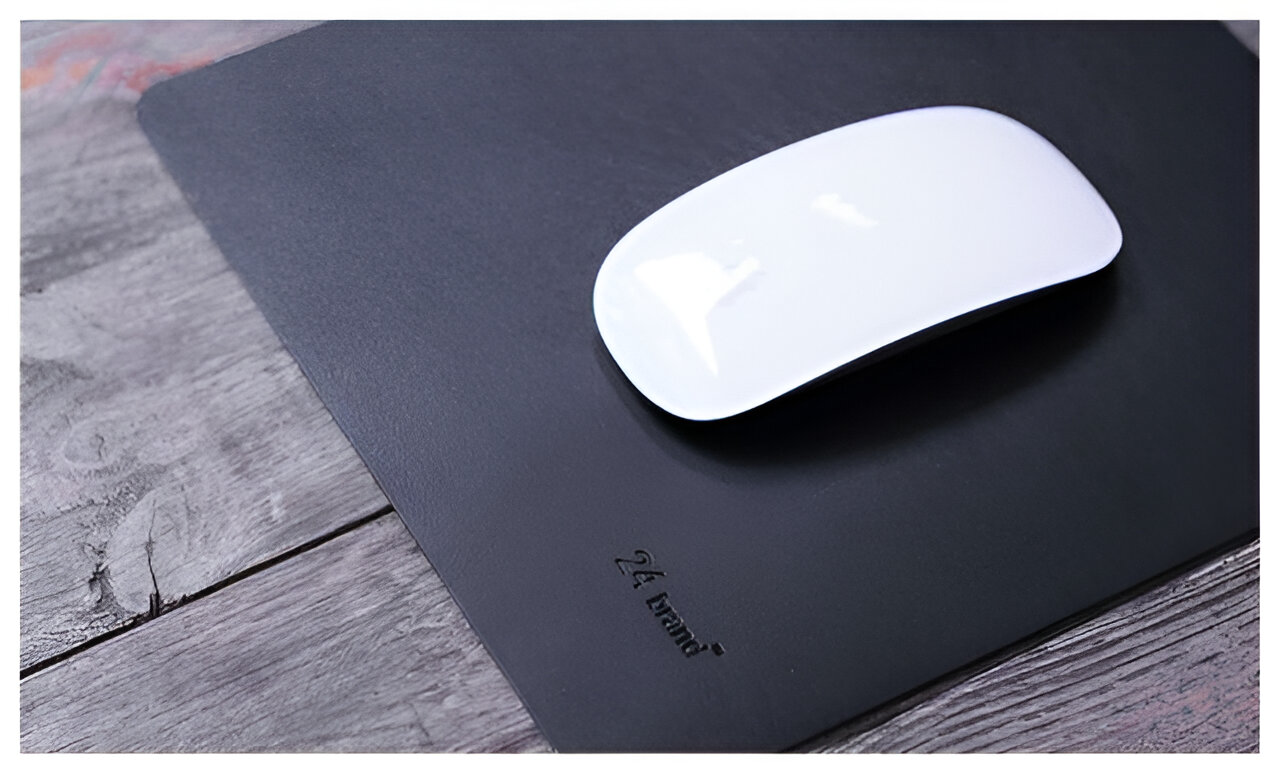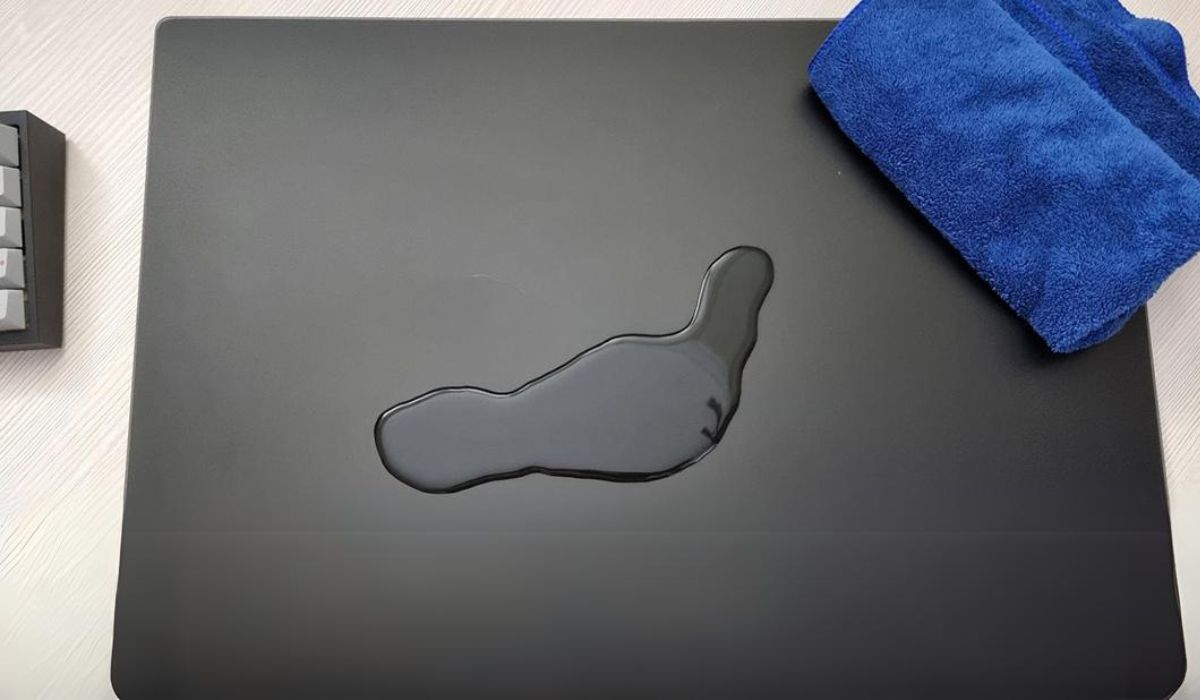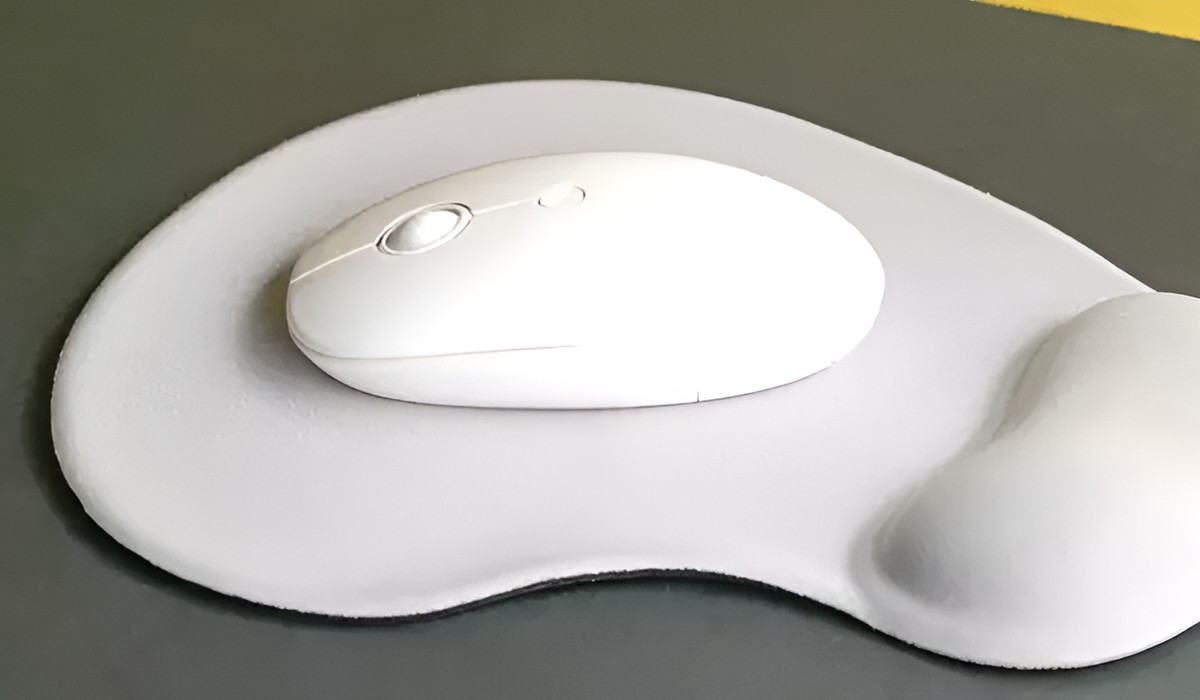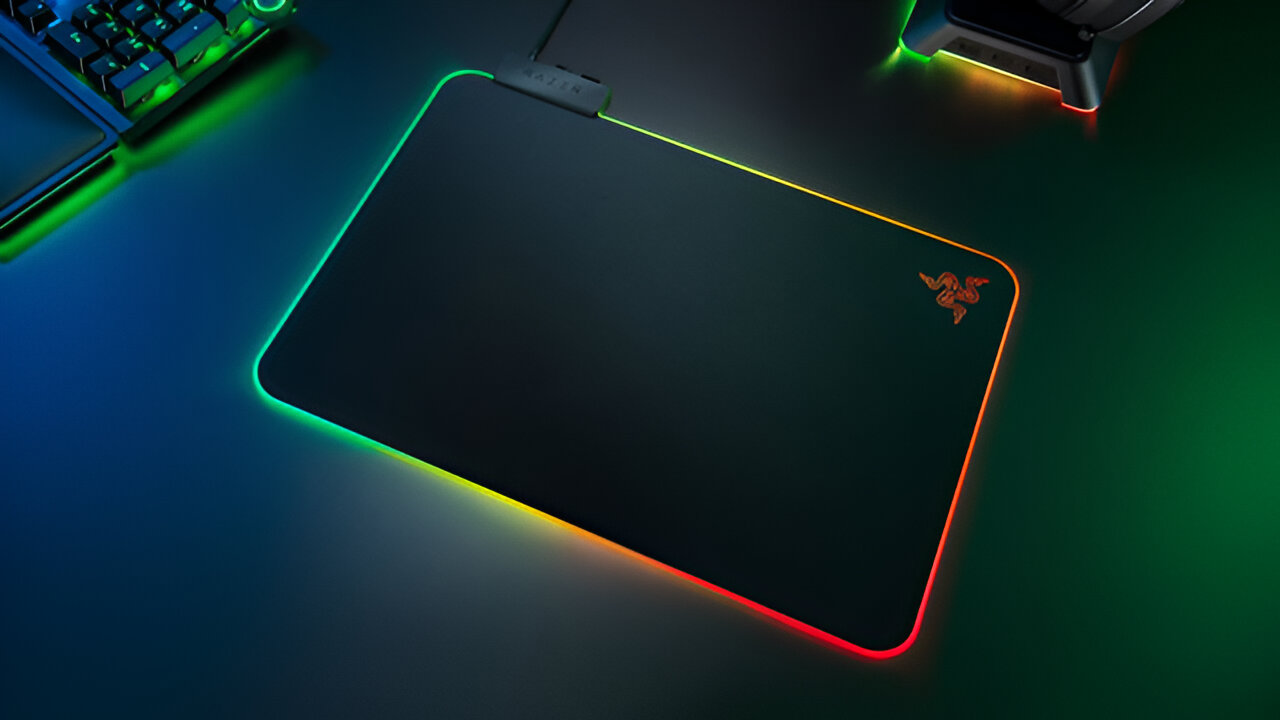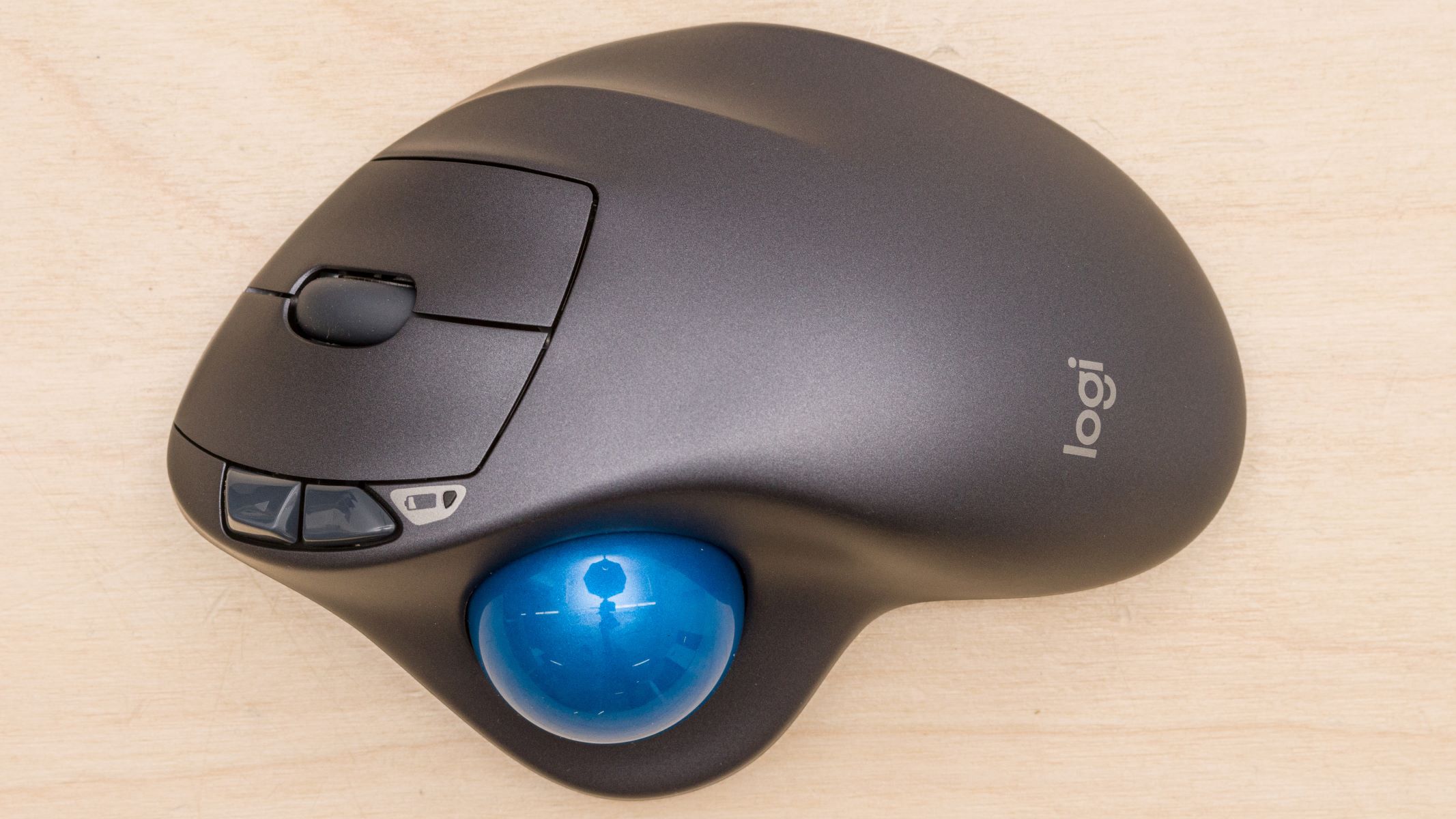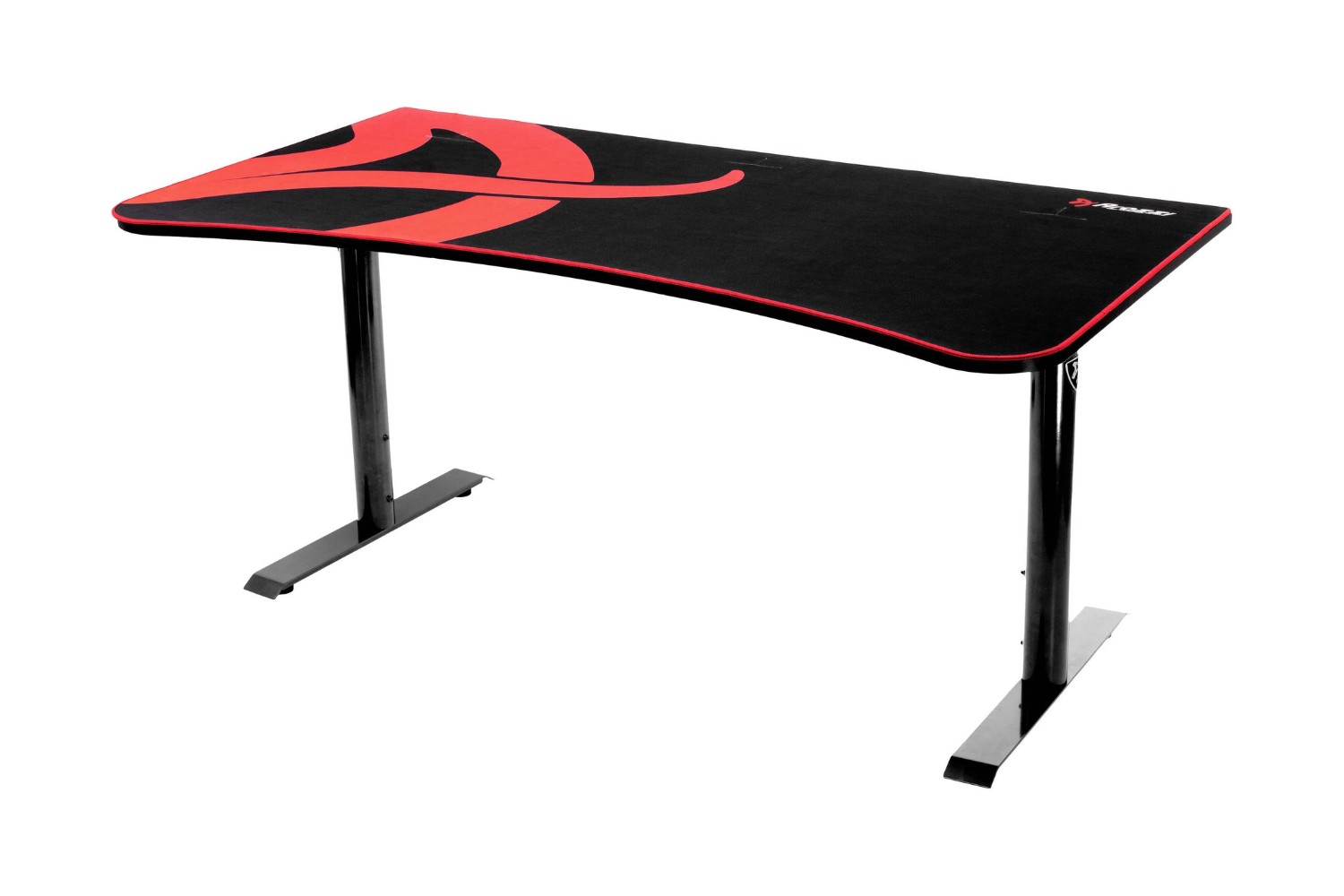Introduction
Welcome to the comprehensive guide on how to remove mouse pad odor. If you've ever experienced that unpleasant and lingering smell emanating from your mouse pad, you're not alone. Whether it's due to prolonged use, spills, or simply the passage of time, mouse pads can develop odors that can be quite bothersome. However, fret not, as this article will provide you with a range of effective solutions to banish that pesky odor and restore your mouse pad to its former freshness.
A stinky mouse pad can not only be an olfactory nuisance but can also affect your overall workspace ambiance. The good news is that there are numerous natural, household, and commercial remedies available to combat this issue. By understanding the source of the odor and implementing the appropriate remedies, you can bid farewell to the unpleasant smell and enjoy a more pleasant computing experience.
So, whether you're a gaming enthusiast, a professional who spends long hours at the computer, or someone who simply wants to maintain a fresh and inviting workspace, this guide is tailored to help you tackle the issue of mouse pad odor effectively. Let's delve into the various causes of mouse pad odor and explore the diverse range of solutions at your disposal.
Understanding the Source of Mouse Pad Odor
Before diving into the remedies, it’s crucial to comprehend the factors contributing to the development of mouse pad odor. This understanding will not only aid in effectively eliminating the odor but also in implementing preventive measures for long-term freshness.
1. Accumulated Sweat and Grime: Over time, sweat, oils, and dirt from your hands can accumulate on the mouse pad’s surface, leading to the formation of odor-causing bacteria. This is particularly common in mouse pads used during intense gaming sessions or extended work hours.
2. Spills and Stains: Accidental spills of beverages or food crumbs on the mouse pad can create a breeding ground for bacteria and fungi, resulting in unpleasant odors. Additionally, the porous nature of some mouse pad materials can cause them to absorb and retain liquid, exacerbating the odor issue.
3. Environmental Factors: The surrounding environment can also contribute to mouse pad odor. High humidity levels can promote mold and mildew growth, especially in neglected or rarely cleaned mouse pads. Similarly, exposure to cigarette smoke or pet dander in the vicinity of the mouse pad can lead to odor absorption.
By recognizing these factors, you can tailor your odor-removal approach to address the specific causes affecting your mouse pad. Whether it’s a buildup of grime, lingering spills, or environmental influences, the following sections will equip you with the knowledge and techniques to combat mouse pad odor effectively.
Natural Remedies for Removing Mouse Pad Odor
When it comes to combating mouse pad odor, natural remedies offer a safe and eco-friendly approach that can effectively neutralize unpleasant smells. These remedies leverage the power of common household items and natural agents to eliminate odors without introducing harsh chemicals into your workspace.
1. Sunlight and Fresh Air: One of the simplest and most effective natural remedies is to expose the mouse pad to direct sunlight and fresh air. UV rays from sunlight have natural disinfectant properties and can help kill odor-causing bacteria. Place the mouse pad outdoors on a sunny day for a few hours to allow it to air out and bask in the sunlight.
2. Baking Soda: Baking soda is renowned for its odor-absorbing abilities. Sprinkle a generous amount of baking soda over the mouse pad’s surface and allow it to sit for several hours or overnight. The baking soda will absorb the odors, and you can simply brush or vacuum it off the next day.
3. White Vinegar Solution: Create a solution of equal parts white vinegar and water. Dab a clean cloth or sponge in the solution and gently blot the mouse pad, focusing on areas with noticeable odors or stains. The acidic nature of vinegar helps neutralize odors and disinfect the surface.
4. Essential Oils: Harness the natural fragrance of essential oils to mask and eliminate odors. Add a few drops of your favorite essential oil, such as lavender, tea tree, or lemon, to a spray bottle filled with water. Lightly mist the mouse pad with the solution and allow it to air dry. The pleasant aroma of the essential oils will help combat the unwanted odors.
By incorporating these natural remedies into your odor-removal routine, you can effectively freshen up your mouse pad while minimizing the use of synthetic chemicals. These methods not only target the source of the odor but also contribute to a healthier and more environmentally conscious approach to maintaining a clean workspace.
Using Household Products to Eliminate Mouse Pad Odor
Household products offer a convenient and cost-effective means of tackling mouse pad odor, utilizing readily available items to effectively neutralize unwanted smells. These simple yet powerful solutions can be easily incorporated into your regular cleaning routine, ensuring that your mouse pad remains fresh and odor-free.
1. Hydrogen Peroxide: Diluted hydrogen peroxide can serve as an effective odor-eliminating agent. Mix equal parts of hydrogen peroxide and water, then lightly dampen a cloth with the solution and gently wipe down the surface of the mouse pad. Allow it to air dry thoroughly to reveal a refreshed and deodorized mouse pad.
2. Rubbing Alcohol: Isopropyl alcohol, commonly known as rubbing alcohol, is adept at disinfecting and deodorizing surfaces. Dampen a cloth with rubbing alcohol and gently wipe the mouse pad, focusing on areas prone to odor buildup. The alcohol will evaporate quickly, leaving behind a fresh and sanitized surface.
3. Lemon Juice: The natural acidity of lemon juice makes it an excellent odor-neutralizing agent. Create a solution of lemon juice and water, then use a cloth to apply the mixture to the mouse pad. The refreshing citrus scent of lemon will help counteract unpleasant odors while leaving the mouse pad smelling clean and revitalized.
4. Activated Charcoal: Utilize the odor-absorbing properties of activated charcoal to eliminate unwanted smells. Place a few pieces of activated charcoal on the mouse pad and allow it to sit for several hours or overnight. The charcoal will effectively absorb and neutralize odors, leaving the mouse pad fresh and ready for use.
By leveraging these household products, you can effectively combat mouse pad odor while minimizing the use of synthetic chemicals. These methods not only target the source of the odor but also contribute to a healthier and more environmentally conscious approach to maintaining a clean workspace.
Commercial Products for Getting Rid of Mouse Pad Odor
When natural and household remedies may not suffice, commercial products tailored for odor removal can provide a convenient and potent solution to tackle persistent mouse pad odors. These specialized products are formulated to effectively neutralize odors and sanitize surfaces, offering a targeted approach to restoring freshness to your mouse pad.
1. Disinfectant Sprays: Numerous commercial disinfectant sprays are designed to eliminate odors while sanitizing surfaces. Look for a disinfectant spray specifically formulated for fabric or soft surfaces. Prior to use, ensure that the product is suitable for the material of your mouse pad and follow the manufacturer’s instructions for application and drying.
2. Odor Eliminating Sprays: There are dedicated odor eliminating sprays available that are designed to neutralize and mask unwanted smells. These sprays often feature long-lasting fragrances that can effectively combat persistent odors, leaving your mouse pad smelling fresh and revitalized.
3. Fabric Refreshers: Fabric refreshers or deodorizing sprays are ideal for addressing odors in soft surfaces such as mouse pads. These products are formulated to eliminate odors at the source and leave behind a pleasant, long-lasting fragrance. When using a fabric refresher, ensure that it is compatible with the material of your mouse pad and follow the recommended application guidelines.
4. Antibacterial Wipes: Antibacterial wipes offer a convenient and effective means of sanitizing and deodorizing your mouse pad. Select wipes that are safe for use on fabric or soft surfaces, and gently wipe down the entire surface of the mouse pad. The antibacterial properties of these wipes can help eliminate odor-causing bacteria, promoting a clean and fresh workspace.
By incorporating these commercial products into your odor removal regimen, you can effectively address persistent mouse pad odors and maintain a hygienic workspace. When using commercial products, it is important to adhere to the manufacturer’s instructions and ensure that the chosen product is suitable for the material of your mouse pad to achieve optimal results.
Tips for Preventing Mouse Pad Odor
Prevention is key to maintaining a fresh and odor-free mouse pad. By implementing simple yet effective strategies, you can minimize the likelihood of odor buildup and prolong the cleanliness of your mouse pad. Consider the following tips to prevent and mitigate mouse pad odor:
1. Regular Cleaning: Establish a routine for cleaning your mouse pad. Depending on usage, aim to clean the mouse pad at least once a month to remove sweat, oils, and other residues that contribute to odors. Follow the manufacturer’s cleaning guidelines to ensure the longevity of the mouse pad.
2. Proper Hand Hygiene: Encourage proper hand hygiene to reduce the transfer of oils, sweat, and dirt to the mouse pad. Regularly washing and drying hands before using the computer can significantly minimize the accumulation of odor-causing substances on the mouse pad.
3. Use a Mouse Pad Cover: Consider using a removable and washable mouse pad cover. This additional layer can protect the mouse pad from spills, stains, and direct contact with oils and sweat, effectively reducing the likelihood of odor buildup on the underlying pad.
4. Opt for Odor-Resistant Materials: When selecting a new mouse pad, opt for materials that are inherently resistant to odors and easy to clean. Certain synthetic materials and antimicrobial mouse pads are designed to repel odors and inhibit the growth of odor-causing bacteria.
5. Proper Storage: Store the mouse pad in a clean and dry environment when not in use. Avoid leaving the mouse pad in areas prone to moisture or humidity, as these conditions can promote the growth of odor-causing bacteria and mold.
6. Ventilation: Ensure proper ventilation in your workspace to minimize the buildup of stagnant air and moisture, which can contribute to the development of odors. Opening windows or using air purifiers can help maintain a fresh and odor-free environment.
By incorporating these preventive measures into your mouse pad maintenance routine, you can proactively combat odor buildup and prolong the cleanliness and freshness of your mouse pad. These simple yet impactful strategies can contribute to a more pleasant and hygienic computing experience.
Conclusion
With the diverse array of natural, household, and commercial remedies available, addressing and preventing mouse pad odor is well within reach. By understanding the sources of mouse pad odor and implementing the appropriate solutions, you can effectively banish unpleasant smells and maintain a fresh and inviting workspace.
From harnessing the power of sunlight and natural agents such as baking soda and essential oils to utilizing household products like hydrogen peroxide and lemon juice, there are numerous eco-friendly and cost-effective methods to combat mouse pad odor. Additionally, commercial products tailored for odor removal offer convenience and potency, providing targeted solutions for persistent odors.
Furthermore, adopting preventive measures such as regular cleaning, proper hand hygiene, and the use of mouse pad covers can significantly reduce the likelihood of odor buildup, contributing to a cleaner and more hygienic computing environment.
By following the tips and remedies outlined in this guide, you can bid farewell to persistent mouse pad odors and embrace a workspace that exudes freshness and cleanliness. Whether you’re an avid gamer, a dedicated professional, or simply someone who values a pleasant workspace, the solutions presented here empower you to conquer mouse pad odor effectively and maintain a workspace that is conducive to productivity and comfort.
With these strategies at your disposal, you can confidently tackle mouse pad odor, ensuring that your computing experience remains free from unwanted odors and conducive to optimal performance and enjoyment.







